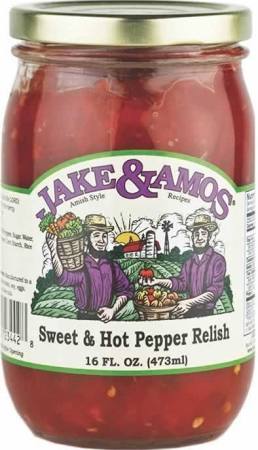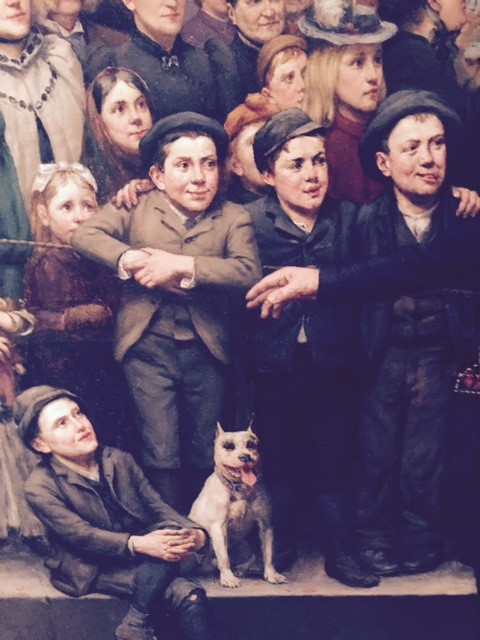
It’s that time when all the great farmers’ markets open and we get to use fresh locally grown produce again. Sundays this time of year were made to drive out of the city limits and get lost in the country to find any one of the many farmstands or markets.
Ohio has the largest population of Amish in the world. And Holmes County, with its 18,000 Amish leads that statistic. It’s interesting that the Amish are nicknamed the Pennsylvania Dutch, but Ohio houses the majority of them. Well, at least Pennsylvania was where they started before moving west.
There are many Amish stores in Ohio in the 26 Ohio counties that house them. I was turned on to one by a coworker. It’s called Steiner’s Country Market between Eaton and New Hope, Ohio. It’s actually not Amish run, because there are no Amish in Eaton, Ohio, It’s run by the Brethren that live in Preble County, Ohio. They’re like Amish Lite (which oddly also sounds like a beer) because they dress like Amish, but have no problems owning SUVs and big farm equipment. The non-Amish farmers in Preble County can’t stand them because they get religious tax exemption for some of their farming business expenses, and the non-Brethren don’t.
The store is just what you would expect – lots of supposedly Ohio Amish made products, like Mrs. Miller’s jellies, made in Fredricksburg, Ohio. There are other products labelled Amish made from Ohio and Pennsylvania. I was amused by one brand , Jake and Amos, that had a cartooney logo of two long-bearded straw hat-wearing Amish brothers . It’s labelled as using Amish STYLE recipes – but like most of the products in the store being marketed as Amish, they’re made in a factory like the rest of our canned and jarred grocery products. The store had an entire aisle of wholesale old fashioned candies, pickled vegetables, and pies. I took home some jellies but was unimpressed with them. I wanted to taste real fruit, but they were mostly fake-flavored, over-pectined gels. The one good thing about the store was their extensive meat counter, on which the German-accented butcher gave me the background.

Then I found out about Ohio’s true Amish product – Trail Bologna – made in the small town of Trail, Ohio. It is a uniquely spiced all beef bologna sausage, available available in the standard smoked, cheddar, and hot pepper, in both ring and larger diameter sandwich size. It was invented in 1912, by a butcher, Michael Troyer, and is being made now, available nationwide by the fourth generation, Ken and Kevin Troyer.

The Troyer Amish are known to be one of the most conservative sects of Amish in the U.S. In addition to the normal Amish no-no’s the Troyer Amish prohibit carpeting, upholstered furniture, and even linoleum! Can you imagine that Church discussion when the new linoleum product was discussed for its evil?! Their ancestor, bishop Elias Amos Troyer, split from the Swartzentruber Amish in Holmes county Ohio and started his own church over issues of ex communication and hat brims! Seriously, they split because the men thought a wider hat brim was more holy.
My hat is bigger than yours!!








